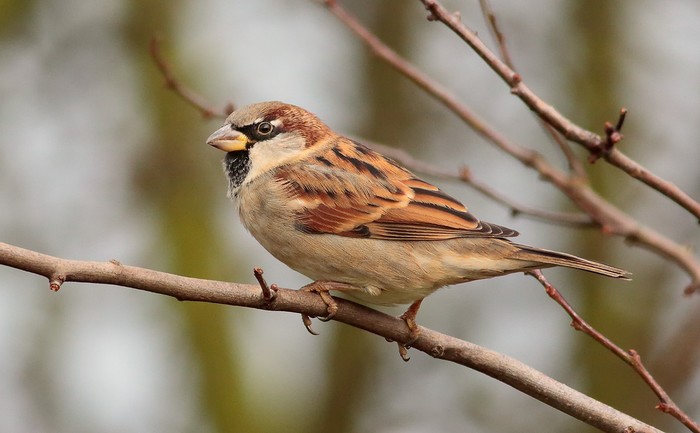Urban lead contamination alters sparrow behaviour in surprising ways
House Sparrows in a polluted Australian city show heightened vigilance and fear of human gaze—potentially compensating for weakened escape ability caused by lead exposure

Lead in the City: A Hidden Behavioural Burden
In the mining town of Broken Hill, New South Wales, House Sparrows (Passer domesticus) are behaving differently—and researchers think they know why. A new study has found that birds exposed to high levels of lead (Pb) contamination show markedly heightened vigilance and predator avoidance behaviours, especially in response to human gaze. The findings challenge expectations about how neurotoxic pollution affects wildlife, revealing that sparrows in high-Pb areas are not dulled by toxicity but instead appear to respond with increased caution.
Conducted by researchers from Macquarie University and international collaborators, the study focused on free-living sparrows inhabiting areas of the city with varying levels of soil lead contamination. Blood tests and environmental sampling confirmed sharp contrasts in Pb exposure between sites. Behavioural tests then revealed a consistent pattern: sparrows in more contaminated areas were more reluctant to approach food when under the watchful eyes of a human image and spent more time scanning their surroundings.
Eyes on the Prize - or the Predator
One of the most striking findings was the birds' sensitivity to human gaze. Using realistic images of a male face displayed at different orientations, researchers showed that birds in high-lead areas took significantly longer to approach a feeder when the image was facing them directly. This gaze aversion did not appear in sparrows from less contaminated areas, suggesting that heightened fear or wariness may be a specific behavioural response linked to lead exposure.
“The sparrows seem to be compensating,” said lead author Heung Ying Janet Chik. “While we might expect lead to blunt cognitive abilities, these birds actually show increased vigilance and sensitivity to threats—potentially because their physical ability to escape has been subtly compromised.”
Indeed, escape flight performance was also tested using high-speed video analysis in a controlled arena. Birds from higher-Pb areas showed marginally poorer take-off force and energy expenditure, though the differences were not statistically robust. Still, these small deficits may be enough to nudge birds into adopting a ‘better safe than sorry’ strategy.
Pollution, Fear and Fitness
Lead is a well-documented neurotoxin that can affect cognition, motor skills and even personality traits across a wide range of species. In this study, sparrows living with chronic environmental exposure to lead not only exhibited more cautious behaviour but also demonstrated patterns consistent with increased anxiety and fearfulness—parallels seen in studies of lead-exposed primates and rodents.
However, this cautiousness may come at a cost. Increased vigilance and reluctance to feed could reduce the time available for foraging or caring for offspring, leading to long-term impacts on health and reproductive success. While the study did not directly measure survival or breeding outcomes, the behavioural changes observed could be early indicators of such downstream effects.
A Glimpse into the Urban Wild
The work offers a rare and revealing look at how even subtle environmental pollutants can shape animal behaviour in urban ecosystems. Rather than being passive victims of pollution, these sparrows have adjusted their behavioural strategies—possibly as a survival mechanism.
“This study highlights the complexity of pollution’s effects,” the authors write. “Rather than simply dulling or impairing, lead may be reshaping behavioural trade-offs in ways that aren’t immediately obvious.”
By studying wild birds in a natural urban setting, the research adds a valuable dimension to our understanding of ecological toxicology. It also raises critical questions about the long-term health of urban wildlife—and the hidden behavioural costs of living in contaminated environments.
Looking Ahead
Future work will be needed to connect these behavioural patterns to survival and reproductive outcomes. The authors suggest experimental studies in captivity could help disentangle the interplay between neurological effects, behavioural compensation and ecological context. But already, the message is clear: pollution isn’t just a physiological problem—it’s behavioural too.
And for the House Sparrows of Broken Hill, that means living life with one eye always watching the watchers.
July 2025
Share this story







